- Glazed tiles, a traditional Chinese building material, are mostly used in palace-style large roof buildings with ethnic colors
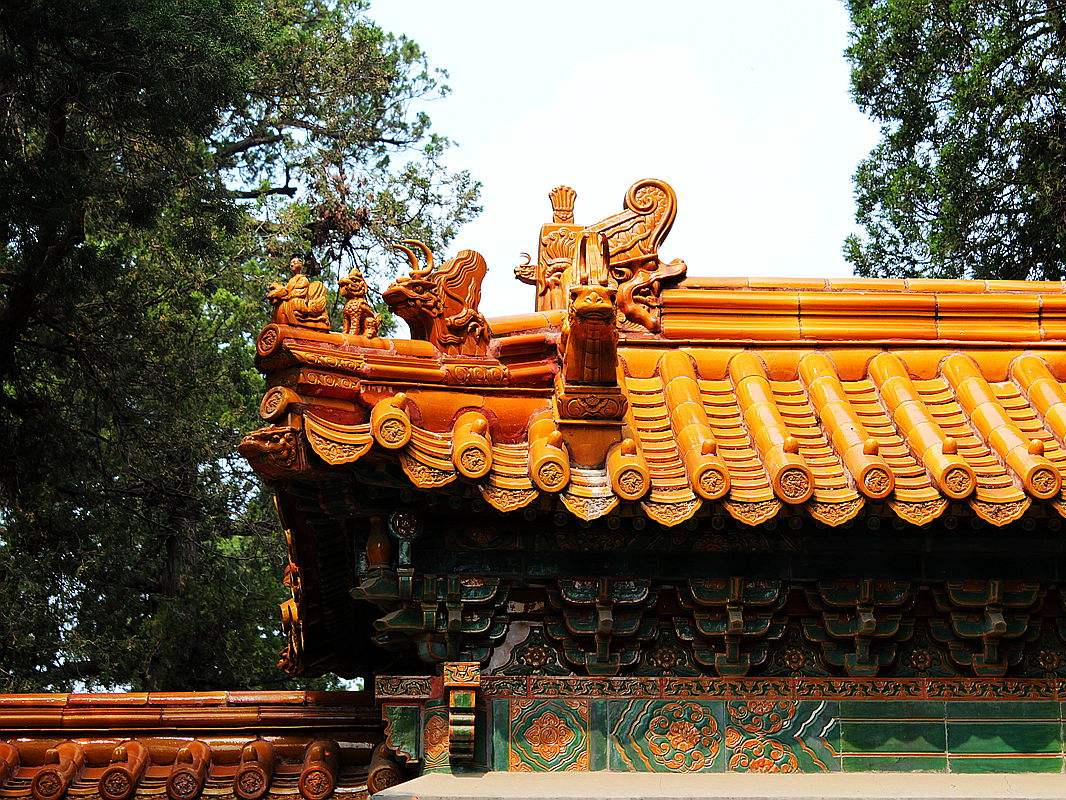
Liuli
Colored glaze is also used as rui glaze. It is made of artificial crystals (containing 24% lead dioxide) of various colors (colors are formed by various rare metals) as raw materials and fired at a high temperature of more than 1,000 degrees. Its colors flow through clouds; its quality is crystal clear and dazzling.
In ancient China, the original materials used to make colored glaze were obtained from the by-products produced during the casting of bronze ware, and were refined and processed into colored glaze. Colored glaze has many colors, and the ancients also called it five-color stone. In ancient times, because it was difficult to obtain by the people, people at that time regarded colored glaze as more precious than jade.
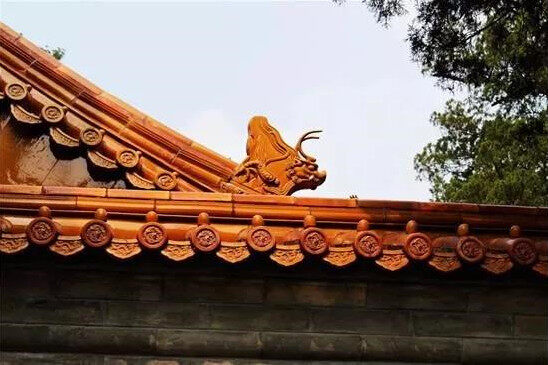
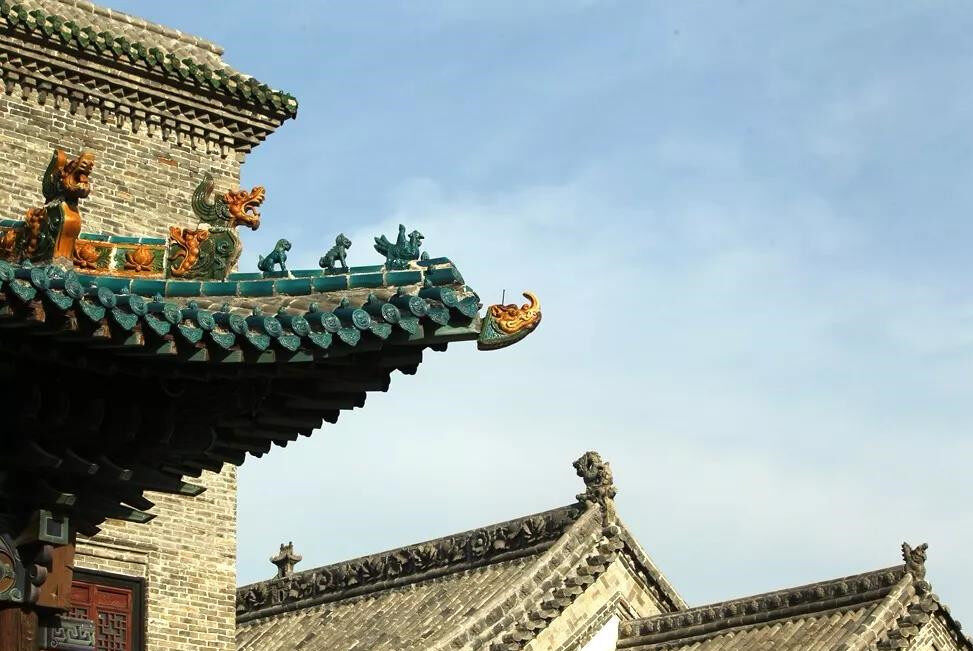
Glazed tiles
Glazed tile is a traditional Chinese building material. It is molded from high-quality clay and fired. The surface is glazed. The colors of the glaze are yellow, green, black, blue, and purple. It is magnificent and durable. Glazed tiles are mostly used in palace-style large roof buildings with national colors. The roofing materials of ancient Chinese buildings are divided into glazed and terracotta tiles. Ordinary ceramic tiles are also called Bois, which have rough texture, strong water absorption and are easy to leak. Because the glazed tile is smooth and does not absorb water, the good waterproof performance can protect wooden houses.
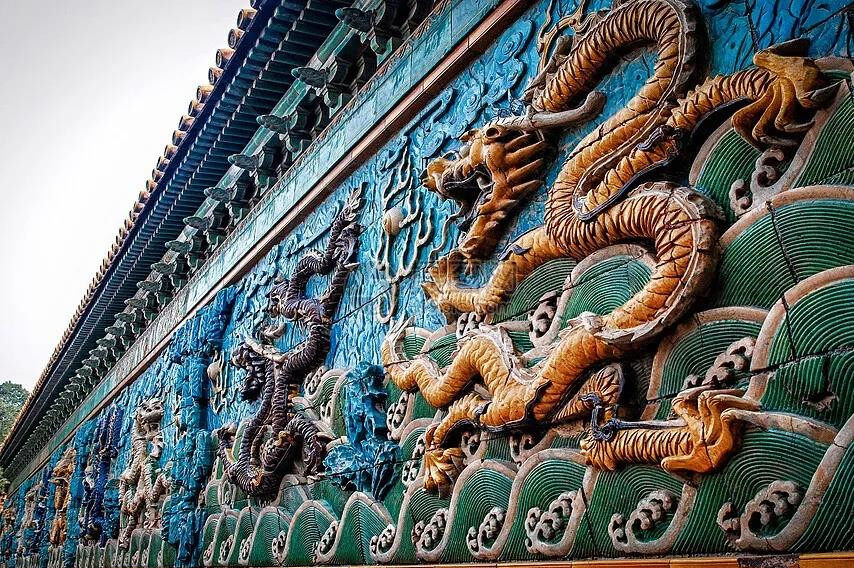
The story of the Nine Dragon Wall of the Forbidden City
The Nine-Dragon Wall of the Forbidden City is currently the largest glazed wall. The upper part of the wall is a palace-style roof with yellow glazed tiles, and under the eaves are rafters, purlins and buckets with wood-like structures. The wall is shaded with cloud and water, decorated in blue and green, to highlight the majestic vibe of water and sky. The lower part is a white marble Xumi seat, dignified and dignified. The 9 dragons on the wall are made with high-relief techniques, and the highest part is 20cm above the wall, forming a strong three-dimensional effect. The cliffs and strange rocks running through the center of the wall divide the 9 beon dragons into 5 spaces. The yellow dragon is in the center, the front paws are embracing, the hind paws are divided into the sea, and the dragon's body is curled around, holding the flame orb under the head, staring at it, majestic and majestic. There are blue and white dragons on the left and right sides, the white is the rising dragon, and the blue is the descending dragon.
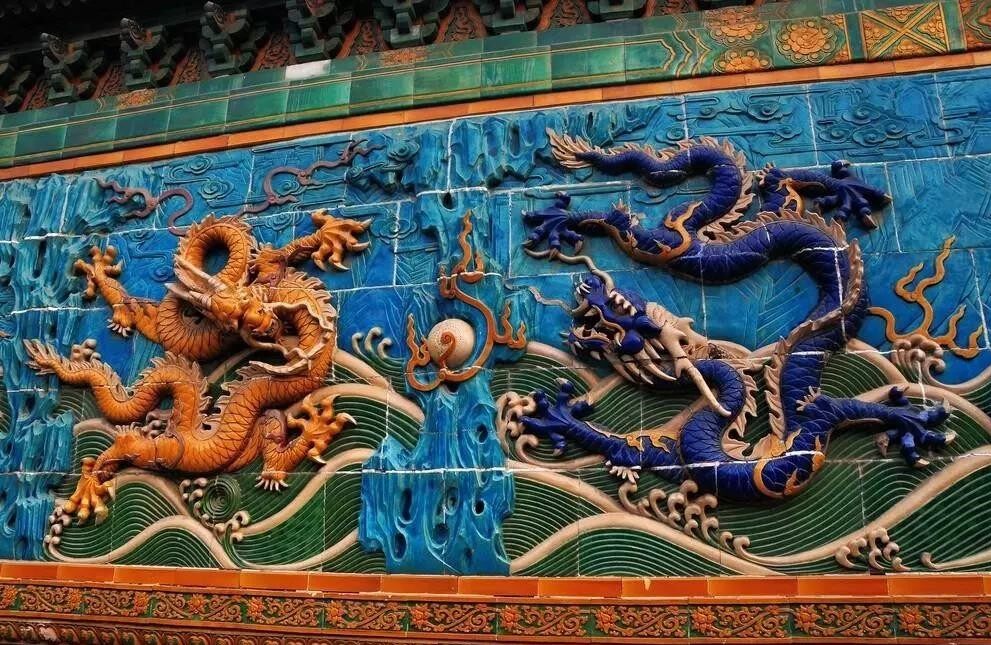
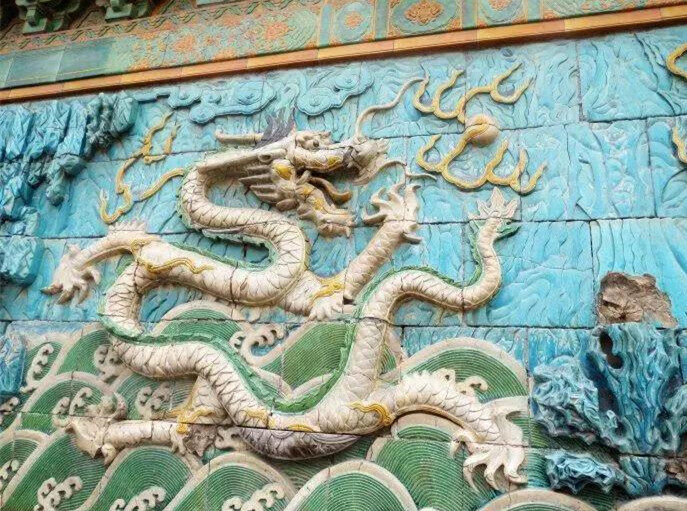
The magical Forbidden City, the magical Nine Dragon Wall, the ancients left us too many surprises. Editor/He Yuting
Comment
 Praise
Praise
 Collect
Collect
 Comment
Comment
 Search
Search


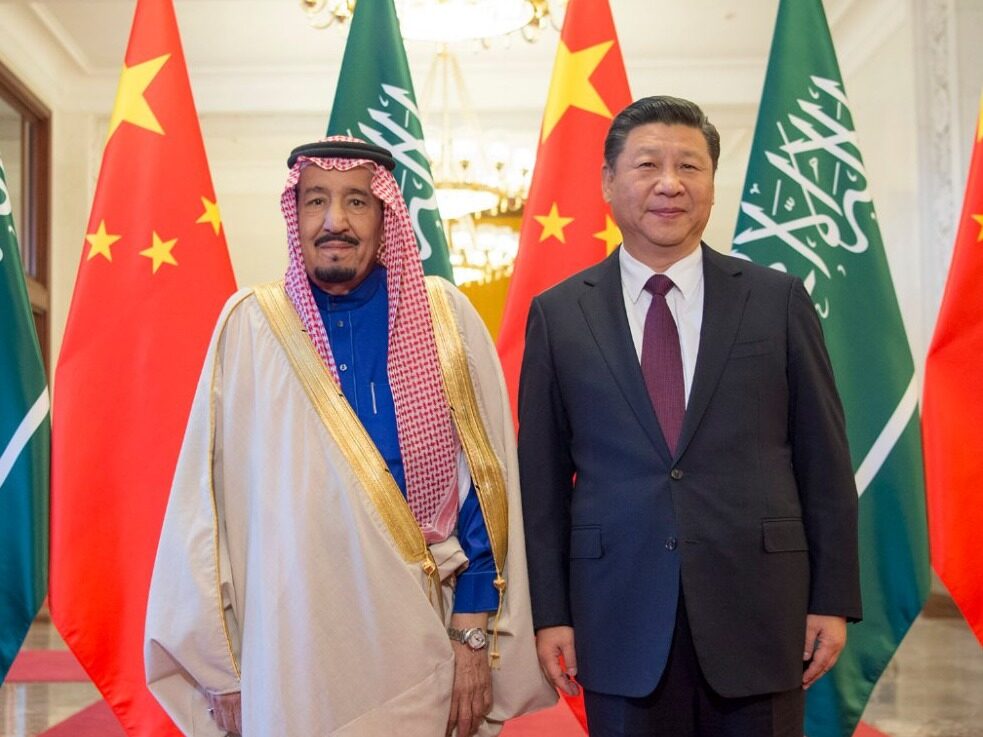


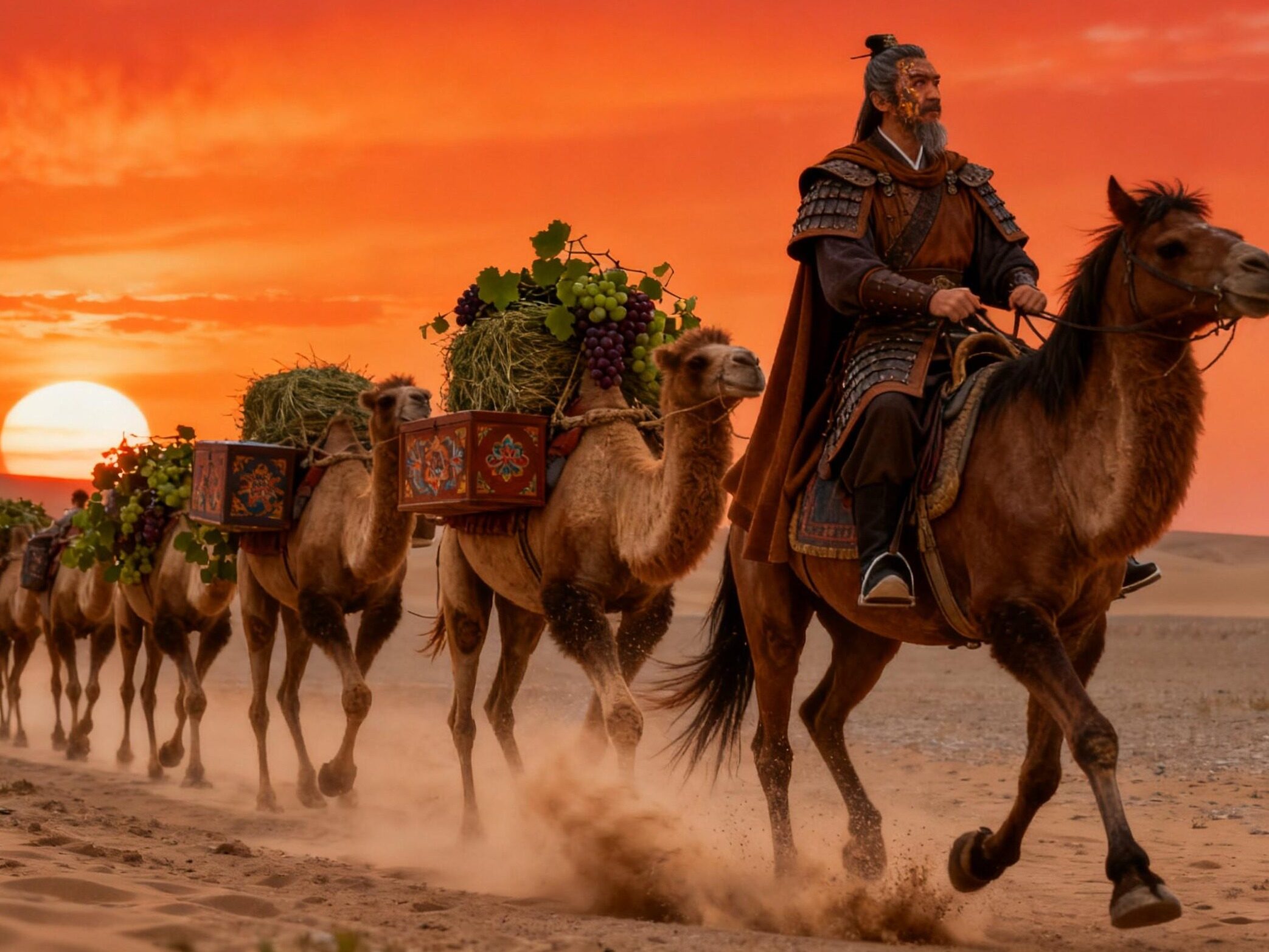
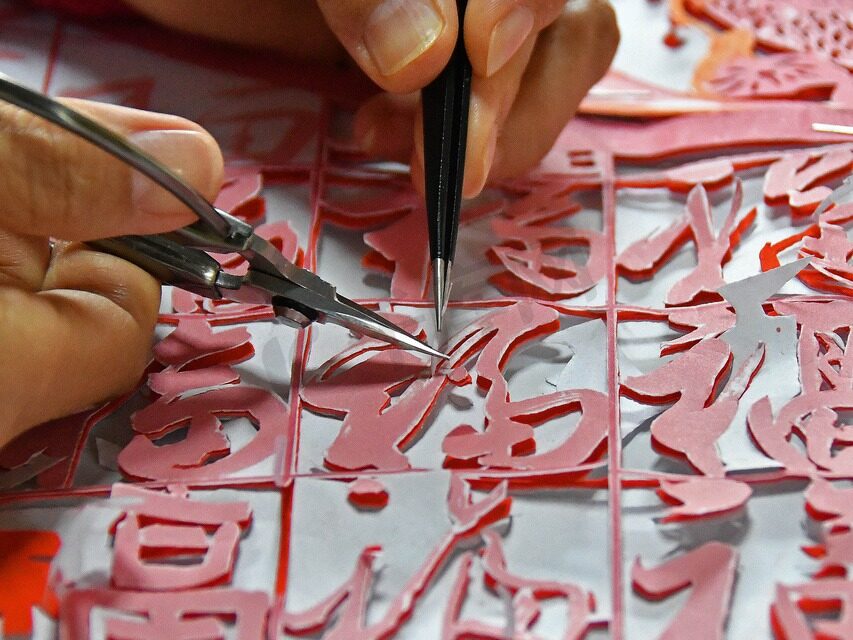
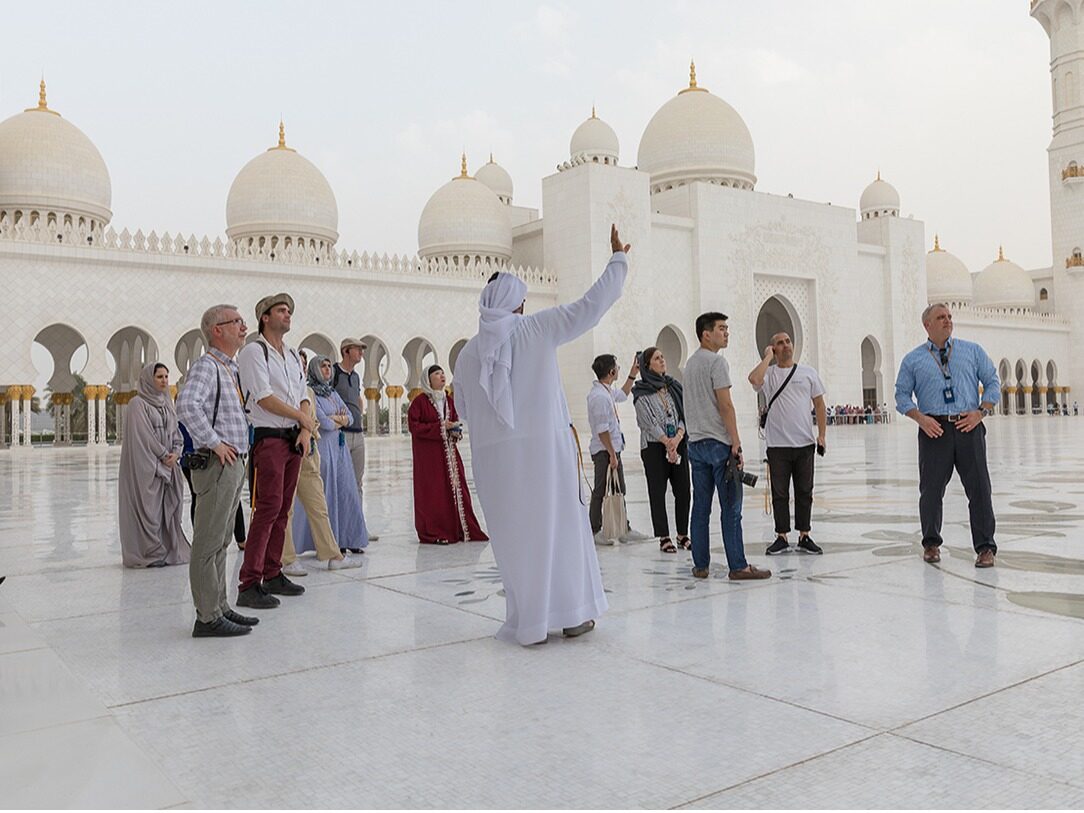






Write something~